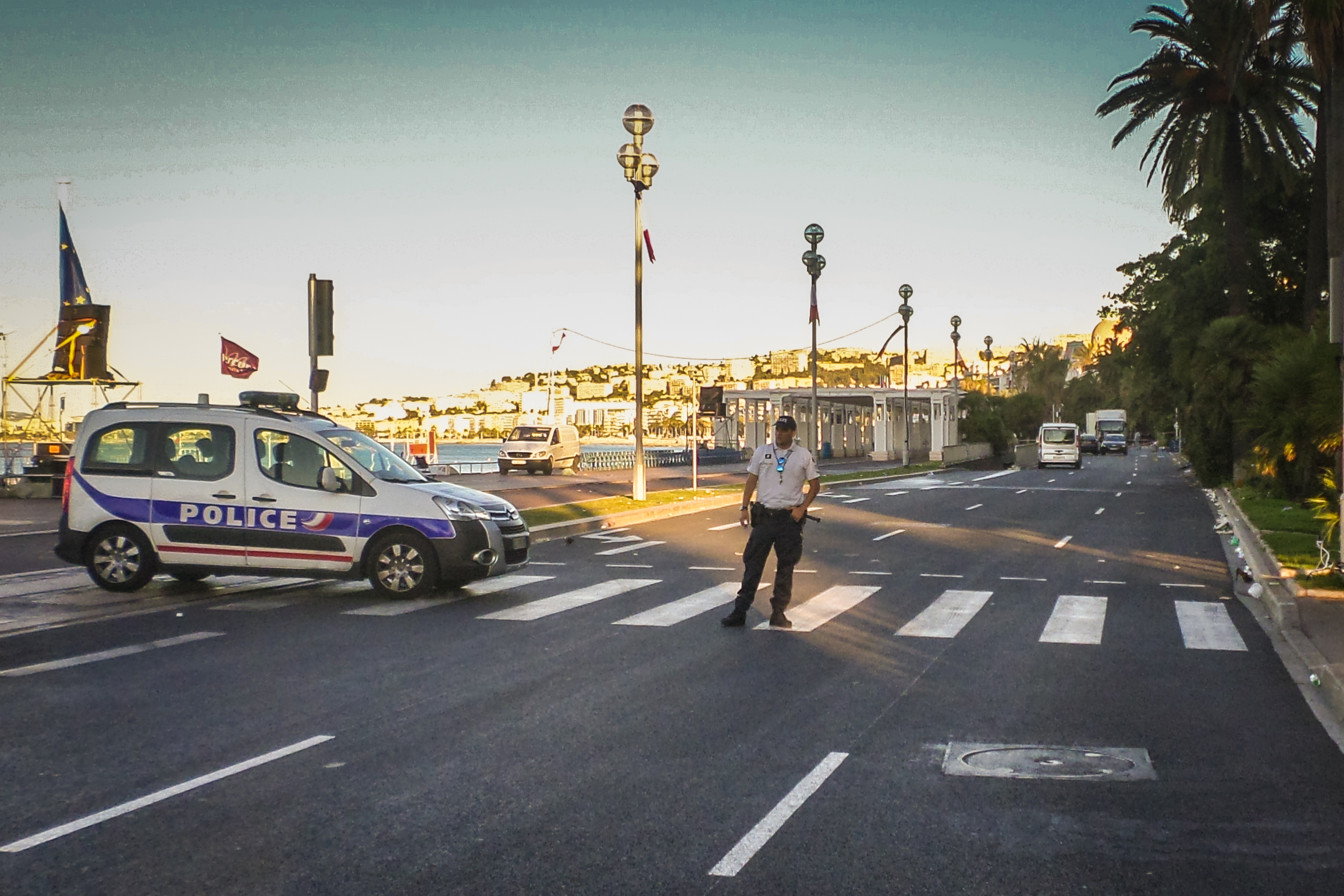12 December 2016 – Vancouver, CA
by Stewart Webb
For some time many politicians and analysts have been theorizing of what is the next step for the Islamic State of Iraq and al-Sham (ISIS) or DAESH – the cyber component is explored in the new volume of Mackenzie Institute’s Security Matters.
For right-wing politicians, like President-elect Donald Trump, the vision is that a hoard of ISIS fighters will simply walk through borders security and pass any domestic intelligence. It is true that a some ISIS fighters have returned and some may attempt to return home. However, since the 1990s we have seen a wave of professional jihadist moving to the next theatre from Afghanistan to Bosnia, Chechnya, Philippines and then back to Afghanistan and Iraq. There has been a shift in ISIS strategy as they are recognising the oaths of smaller groups which they had not done before. For instance, one group in Mali, which is led by Abu Walid al Sahrawi (a former spokesman for Al-Mourabitoun), pledged allegiance more than seventeen months ago and now is finally being recognised. ISIS is attempting to diversify its branding.
Although many foreign fighters will migrate to another insurgency, there is still a domestic issue at hand and that is of the non-violent supporter. In this issue of the Mackenzie Institute’s Security Matters magazine, I present an argument that ISIS has created a technologically-savvy non-violent support community. This means that many ISIS supporters are already in Europe, North America and elsewhere, because they haven’t left nor have the means or wish to leave. Many of these individuals simply spread ISIS’ online propaganda and some actively take part in their online propaganda by sharing photos. As ISIS moves forward, however, their non-violent support community may adapt and offer a greater role.
There has been some discussion that ISIS propaganda videos and photos are on the decline and therefore ISIS itself is on the decline. However only a shift in media strategy is needed for ISIS to maintain a global social media presence again. ISIS can learn another lesson from the Pakistani group Lashkar-e-Taiba and outsource its propaganda creation endeavours over the internet. Only raw video and footage is required and can be disseminated over the dark web for crowd-sourced production.
The fight for ISIS is long from over. A hoard of ISIS fighters will not descend on our borders when the territory in Iraq and Syria is reclaimed, but there is a significant domestic non-violent threat that will need to be address.
Feature Photo: French police office in Nice 14 July 2016 – Wikimedia Commons, 2016
DefenceReport’s Analysis is a multi-format blog that is based on opinions, insights and dedicated research from DefRep editorial staff and writers. The analysis expressed here are the author’s own and are separate from DefRep reports, which are based on independent and objective reporting.


